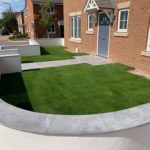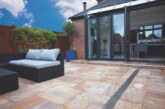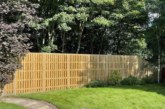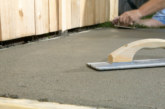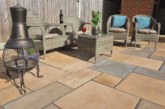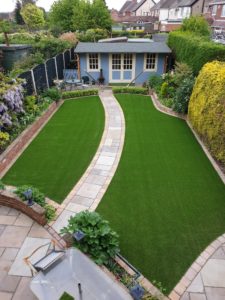 Adrian Buttress, managing director at PermaLawn, discusses the difference between cheap and high-quality artificial grass options.
Adrian Buttress, managing director at PermaLawn, discusses the difference between cheap and high-quality artificial grass options.
Certain artificial lawn systems may have an unbelievably attractive price, but if they start failing sooner than you think, the project can end up leaving homeowners disappointed and could even affect your reputation as a housebuilder. With this in mind, it’s inaccurate to only compare price when specifying an artificial lawn. Cost comparison in any industry is always on a like-for-like basis. However, in the grass market, that difference is far more than simply pile height and price.
There is only so far you can go when cutting production costs before you start hitting problems. When something is cheaper, it’s usually because you are getting less product. For example, while it all looks the same when it is brand new on the roll, that will change once the artificial grass has been exposed to the elements.
If something goes wrong down the line, even if the failures are down to the material itself as opposed to the installation, it will reflect poorly on your choices and reliability as a housing provider.
Making the right choice
There are a few key signs that can help you spot poor quality products – ensuring your buyers enjoy the many benefits that having an ever green and ever mowed lawn brings for years to come.
A certain level of yarn loss is to be expected, but it shouldn’t be excessive. The easiest way to test this is to pull the tufts from the middle of a sample – if you get good resistance and no shedding, the product is solid.
When purchasing artificial grass, you should also ask about the stich rate, which is the number of stitches per 10cm. As a general rule of thumb, better quality grass as a higher stitch rate.
The secondary backing material, which tends to be made up of either latex or polyurethane, holds the tufts in place and allows the fake grass to lie flat. One of the keys to a long-lasting fake lawn is artificial grass that has been manufactured with sufficiently high quantities of latex.
Generally, artificial grass made in Europe tends to be of much higher quality because of the European Union’s stringent standards and regulations that manufacturers have to comply with. PermaLawn works with a renowned European manufacturer with decades of proven background and experience – ensuring the artificial grass we supply is well worth the money.
It’s also important to check the warranty that comes with your artificial grass – some cheaper options will only guarantee the product for five years, whereas PermaLawn products are guaranteed for seven.
Many stockists will have to wait up to 12-weeks for a delivery to be imported from the manufacturer, meaning there is less flexibility for builders in the planning stages. However, PermaLawn purposefully sits on 100,000m2 of stock all year round at our headquarters in Derbyshire and deliver just the amount you need for your garden.
Artificial grass is a smart, convenient and aesthetically pleasing solution. And for a lawn that lasts, and makes others green with envy, it is worth investing upfront in a quality product.

